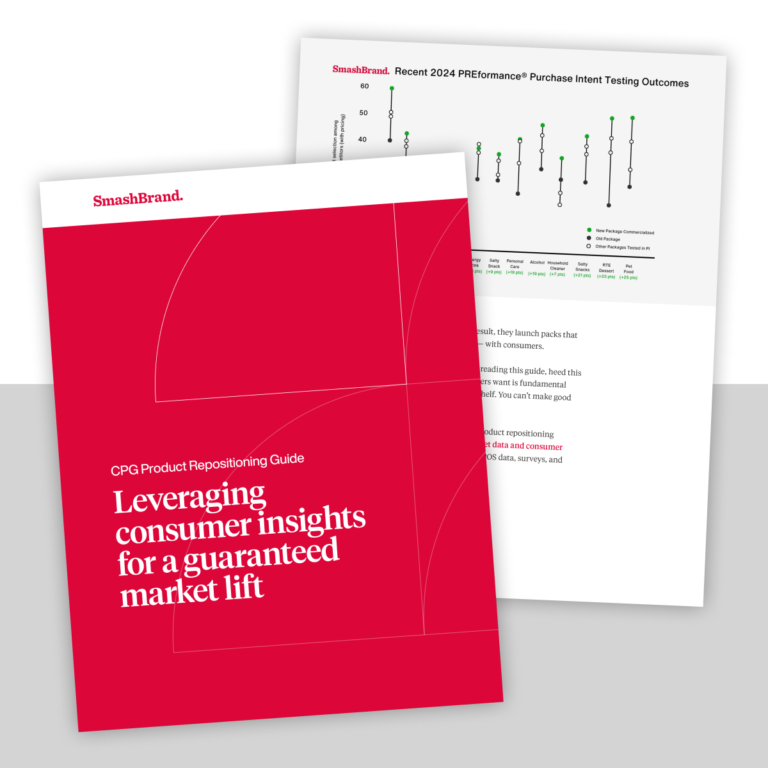It’s no secret that being more eco-friendly is all the rage. Reducing one’s carbon footprint is right up there with men in skinny jeans and Instagramming your dinner entrée. Sure, we know “Reduce, Reuse, Recycle” is important, and most of us try to pull our weight in this department. We haul a can full of plastic water bottles and aluminum cans to the curb every week and bring our reusable bags to the grocery store. However, there are some dirty little secrets in the good ole’ world of recycling.
But recycling can have unintended consequences. From the transportation costs required to collect and deliver, to the labor and energy costs required to process, there is a considerable overhead in the world of recycling. As a result, there is an active and enduring debate as to whether or not the net environmental benefits outweigh the costs and energy use recycling necessitates.
Despite all the haters, proponents of recycling still maintain that it has a role in what should be a multifaceted attack on reducing the amount of waste in our landfills. Let’s roll with that tangent for a minute. Did you know landfills are essentially becoming an endangered species? According to the EPA, there were 7,924 landfills available to receive trash in the U.S. in 1988. In 2006, only eight years later, there were only 1,754 left. Pull out your abacuses boys and girls and you’ll see that’s about an 80 percent decrease in available landfills in just one eight-year period. This is clearly a problem.
Consumers realize Mother Earth needs some love from her children, and companies earn a certain amount of cool points when they make their planet-friendly practices known to consumers. For this reason, companies pay good money to continually develop more sustainable packaging that lessens the waste produced by their products. Of course, cost is a factor in all this. Businesses generally do like to turn a profit. This is why the best sustainable packaging designers know how to find that perfect sweet spot where sustainability and cost-efficiency intersect.
So, what makes the perfect, sustainable product package? On a basic level, the package has three jobs: it delivers the product, prevents spoilage and appeals to the consumer through its aesthetic appearance. But in order to be called a “sustainable” package, it must have a high Earth-friendliness factor such as having the option to refill the package. This can be accomplished by the package being made from recycled materials, the package being able to be recycled, or both. Deciding what material a sustainable package should be composed of can be decided on an energy-focused standpoint. For example, it requires 95 percent less energy to recycle aluminum that it does to fabricate new aluminum from raw materials. Cardboard recycling nets a 24-percent energy savings, and plastic comes at 70 percent. From a cost-focused standpoint, things look a little different. Plastic is very expensive to recycle, but cardboard is not. This is why you’re seeing cardboard everywhere these days; your Starbucks coffee comes wrapped in a cardboard sleeve and cardboard-boxed lunches are replacing Styrofoam and plastic clamshells.
Another factor to the sustainability of a package is size. A package that’s not perfectly designed for the product can result in overpackaging, a waste on both the economic and environmental fronts. The size and shape of a package also has implications regarding how many of the products fit onto a pallet or into a shipping box, which also affects efficiency.
According to TIPA Compostable packaging company, “When discussing sustainability in packaging design, an integral part of the discussion needs to be how to best educate consumers on how the package should be recycled when they’re done with the product inside. The recyclability of a package becomes irrelevant if the consumer doesn’t recycle it optimally. In other words, communication is key here.
To this end, there’s an effort to create a new universal recycling label for packages to take the guesswork out of recycling for the consumer. The How2Recycle label is designed to provide clear and consistent recycling instructions to the consumer to help ensure more packages are appropriately recycled.
So, what have we learned today? Landfills are going extinct, and packaging design can help address this problem. Depending on whom you ask, recycling may or may not be a cost-effective way to reduce packaging waste. It’s up to brilliant packaging designers to develop packages that utilize cost-effective materials to recycle. Also, when it comes to effective, sustainable packaging design, we learned that size does, in fact, matter.
Data-Driven Brand Development
Want a best-selling brand? SmashBrand is a brand development agency for FMCG and CPG companies. From brand strategy to packaging design testing, our Path To Performance™ process guarantees a retail performance lift. Book a time to discuss your project with our team.
Subscribe to
Nice Package.
A monthly newsletter that unpacks a critical topic in the FMCG & CPG industry.
Free Resource.

CPG product repositioning guide.
Explore the five undeniable signs your CPG product needs repositioning along with strategies for leveraging consumer insights for a guaranteed market lift.
Learn More About CPG product repositioning guide.